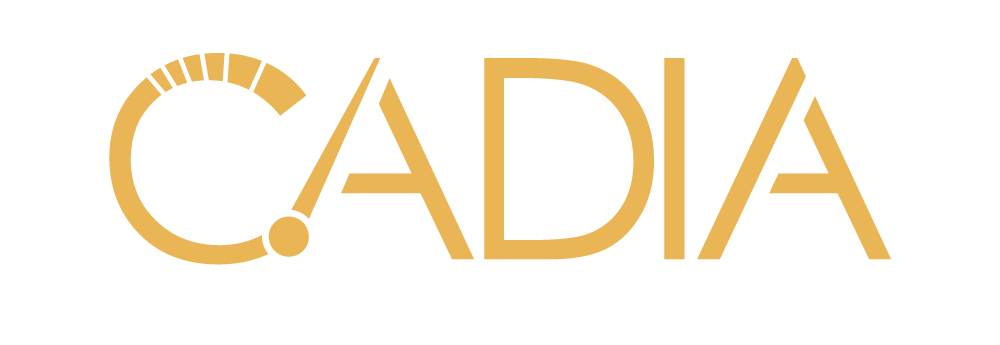 Creating an equitable workforce demands a hard look at all parts of the employee lifecycle. It’s not solely about recruiting; but about thoughtful attention to the hiring funnel and beyond—from sourcing diverse talent to providing an inclusive employee experience.
Creating an equitable workforce demands a hard look at all parts of the employee lifecycle. It’s not solely about recruiting; but about thoughtful attention to the hiring funnel and beyond—from sourcing diverse talent to providing an inclusive employee experience.
Diversity in the workplace advances an organization in many ways. It gives you access to a greater range of talent—not just the talent that belongs to a particular worldview or ethnicity or some other restricting definition. It helps provide insight into the needs and motivations of all of your client or customer base, rather than just a segment of it. And, as McKinsey & Co (report) and others have shown, it potentially makes your organization more effective, more successful, and more profitable.
Improving representation requires intentionality, consistency, and support from all executives within a company. Diversity is one of the core values here at Gem and something we’ve been really intentional about since day one. On the recruiting front, here are some strategies we’ve previously deployed or plan to in the coming year:
- Reviewing job postings to ensure that the language in our job postings are inclusive. Here are a few things we did at Gem :
- We split up our job posting requirements into “need-to-haves” and “nice-to-haves.” This encourages a wider variety of applicants to feel comfortable applying to our roles.
- We rephrased our “Job Responsibilities” to “What you’ll do day to day”. This gives candidates a visual to picture the impact of their role.
- Adding pay ranges to job descriptions allows us to be clear and transparent with candidates about the skills and expectations of the role. This prevents mis-leveling and also ensures clear core competencies are evaluated during the hiring process. Leading with how employees are placed in the band also ensures that compensation questions come up earlier than in the final hour.
- Diverse representation in sourcing efforts. If you have a narrow search (across companies, schools, locations, etc.), you’ll have a narrow talent pool. I recommend keeping a few areas you won’t compromise on in your search; but as a hiring manager, consider being flexible in other areas. Maybe you need someone with Salesforce certification and a minimum of 8+ years of experience, but you’re open to location and the type of company they come from.
- Check your biases. Often, our biases creep in during the interview process without us knowing. One I’ve seen often is called affinity bias, an unconscious bias that causes people to gravitate toward others who appear to be like them (such as candidates from similar companies, backgrounds, schools, and locations, to name a few). Here’s a list of more biases and how to address them in the workplace.
- Kickoff a search with market mapping. For hiring managers, what is the quality/quantity of the talent pool? Oftentimes, this can give you a sense of whether your expectations are in line with the talent pool out there. I always recommend kicking off your search with data around market mapping first; we’ve found massive value in Linkedin Talent Insights. Once your talent pool is in line with expectations and you’ve secured confidence in a wide talent pool, the recruiter and hiring manager can get to work!
- As an anecdote, someone on my team was working on a hybrid role based in the San Francisco Bay Area. They ran a quick market map on the talent pool and it showed ~700 candidates. They then removed the San Francisco Bay Area filter and the results expanded to ~7,000 candidates. This is a good way to identify some of the limiting factors that can contribute to a narrower pool of candidates and have a conversation with the hiring manager on the “need-to-haves” and “nice-to-haves.”
- Create and deliver an inclusive hiring manager training. This helps those involved in the recruiting process better understand the importance of an inclusive interview process. Here at Gem, we have a few different topics that we partner with hiring managers on to fine tune through training:
- Systemic barriers and biases, and how they can lead to unbalanced pipelines within your open roles.
- How they define inclusive hiring, and where we have opportunities to improve. It’s important to meet others where they are in their DEIB journey and work with them towards a common goal.
- Best practices to both engage and interview talent.
- Track your impact. Set measurable aspirations that you and your team can collectively work towards. These could be aspirations for both you and your hiring manager to work towards as you kick off a search.
Creating an equitable workforce starts with good intentions… but it doesn’t end there. You need to be proactive in the entire employee lifecycle—from developing your target talent pool, to making an offer and communicating compensation, all the way through to developing and retaining that talent.
Note from CADIA: Gem is a software platform that some of our members have implemented to help their recruiting teams use data and automation to improve hiring speed, quality, and diversity.
Article excerpted with permission from a March 2023 article written by Salehah Hassan, Head of Recruiting, Gem.
